9
High Trust ProductsChargers and Power Banks
Headphone & Speakers
Cases & Covers
Virtual Reality
Cables & Adapters
Media Player
Laptop
Tablet
Desktop
Cell Phone
Printers & Copiers
Memory Cards
TV
Computer Display
Game Console
Smart Home
Wearable Technology
Photo & Video Camera
Car Electronics
Car
Networking Equipment
Smart Toys
Home Audio & Video
Professional & Industrial
Storage Drive
Docking Station
Game Console Controllers
Set-top box
Keyboard, Mice, & Stylus
Portable Music Player
Computer Parts & Components
Cordless & Speakerphones
Projector
Software
Reporting
Lexar 633x UHS-I 64GB Flash Memory Card
by Micron









Interested in this product?

Select a product category to see which devices type we recommend to use with the Lexar 633x UHS-I 64GB Flash Memory Card:
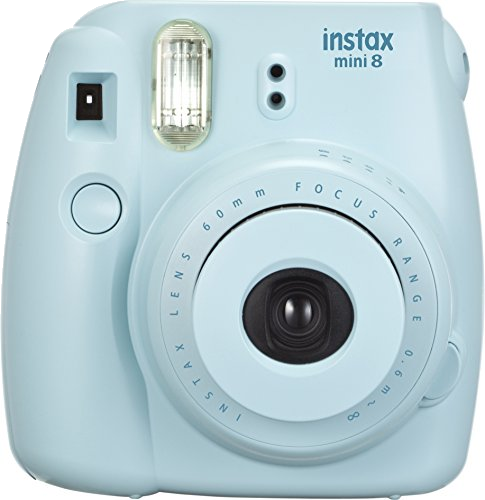
GoPro HERO5 Black Accepts More SD Cards And Records Longer Than the Sony FDR-X3000 4K Action Cam
What SD card should I use for my 4K camera? That's a question that is often asked but there is no simple answer - it really depends on what camera you are using. To show this, we compare two popular 4K action cameras, the GoPro HERO5 Black with the Sony FDR-X3000 4K Action Cam.
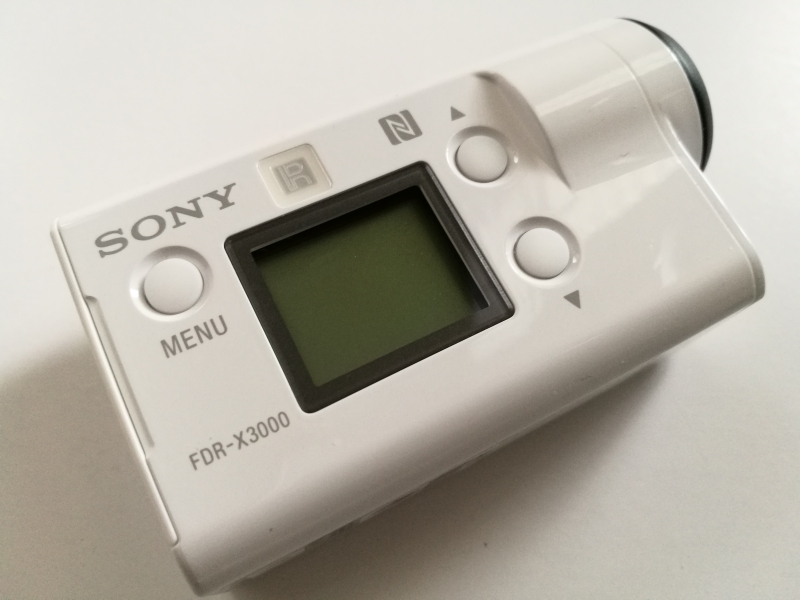

We also compare six different SD cards with 32G and 64G:
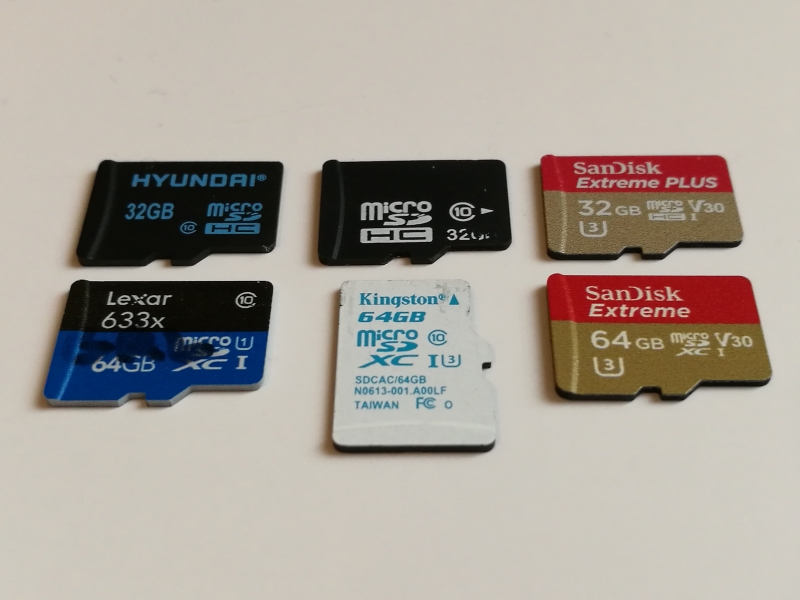
32GB Cards:
Hyundai Class 10 Micro SDHC Card with Adapter
Gigastone Class 10 Micro SDHC Card with Adapter
SanDisk Extreme microSDHC UHS-I Card with Adapter (2016)
64GB Cards:
Kingston microSDXC UHS-I U3 Action Card
Lexar 633X microSDXC UHS-I Card
SanDisk Extreme microSDXC UHS-I Card with Adapter (2016)
Only the 32G and 64G versions of the SanDisk Extreme microSDHC UHS-I Card with Adapter (2016) uses the new SD Video Speed Class V30 marking, showing that it can support a minimum sequential write speed of at least 30MB/s. SanDisk also states that this card supports a 40MB/s maximum write speed.
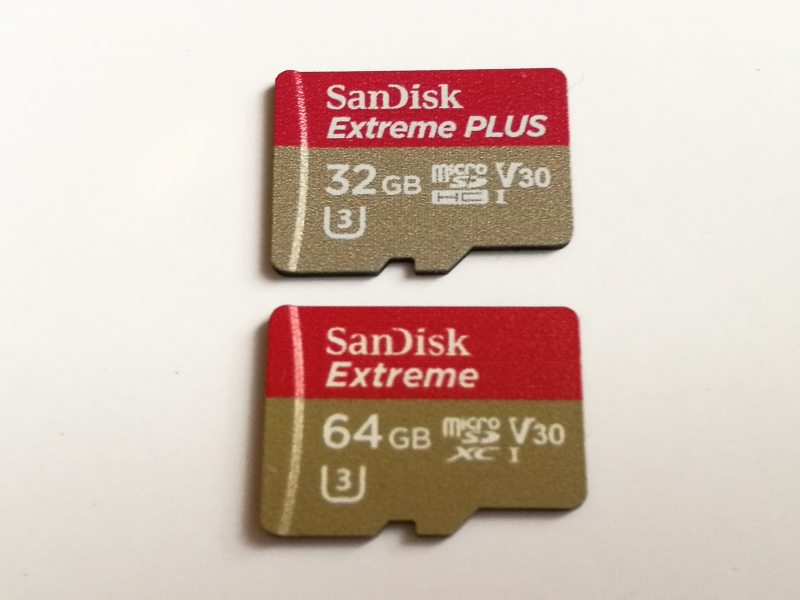
The markings on the Lexar 633X UHS-I Card and Kingston microSDHC UHS-I U3 Action Card show they are also UHS-I based and support UHS Speed Class U3 and Speed Class 10. The UHS Speed Class U3 rating shows the card can support a minimum sequential write speed of at least 30MB/s. Kingston also states that this card supports 45MB/s maximum write speed.
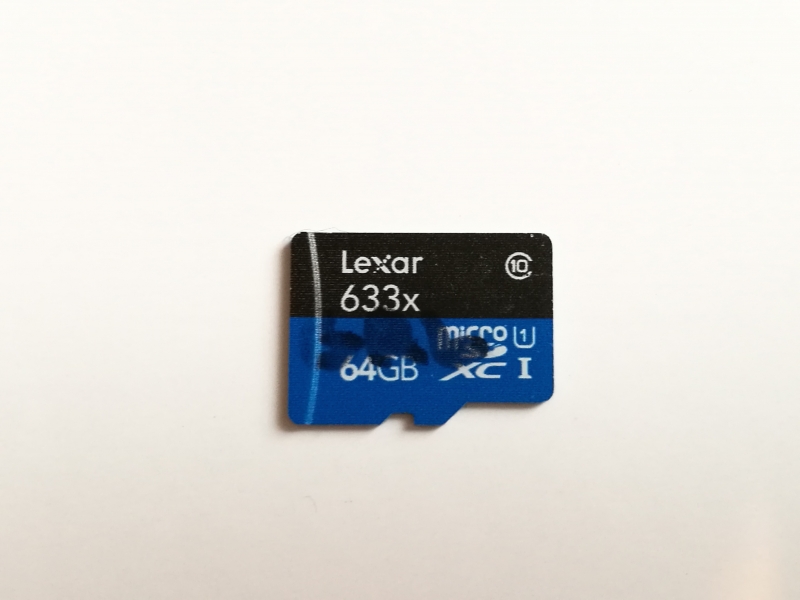
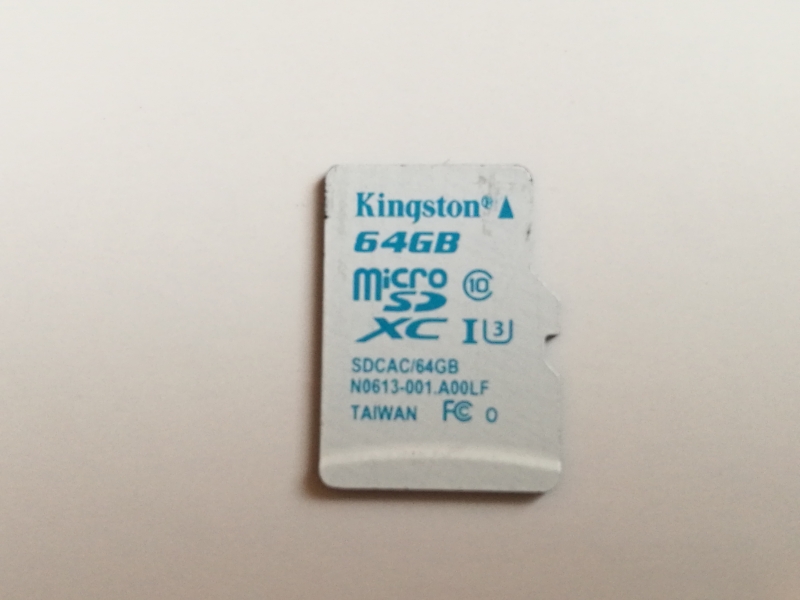
The Gigastone Class 10 MicroSD Card with Adapter is a cheaper SD card that doesn't have an SD Video Class V30 marking. The card's marking shows it's also UHS-I based, UHS Speed Class U1, and Speed Class 10. The UHS Speed Class U1 and Speed Class 10 ratings show the card can support a minimum sequential write speed of at least 10MB/s.
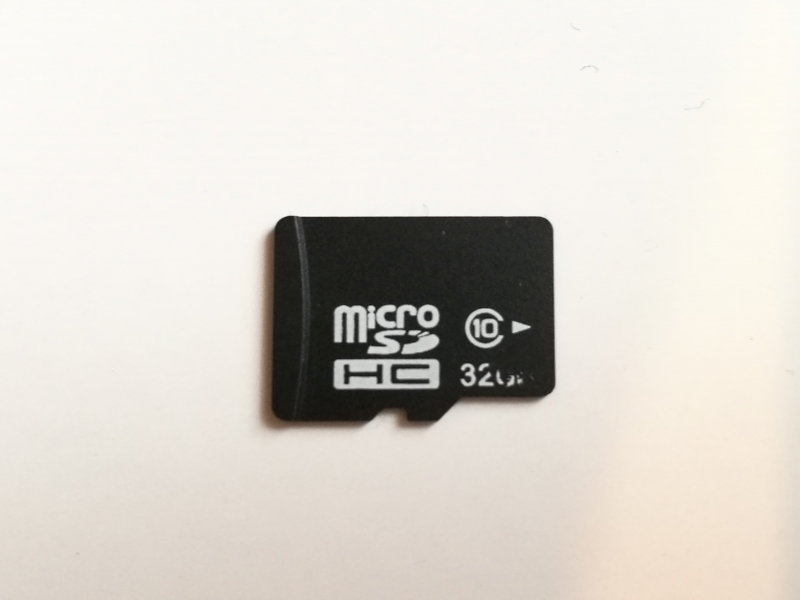
The Hyundai Class 10 Micro SDHC Card with Adapter is even cheaper and does not support UHS technology to achieve faster speeds. It does have a Speed Class 10 mark which supports a minimum sequential write speed of at least 10 MB/s.
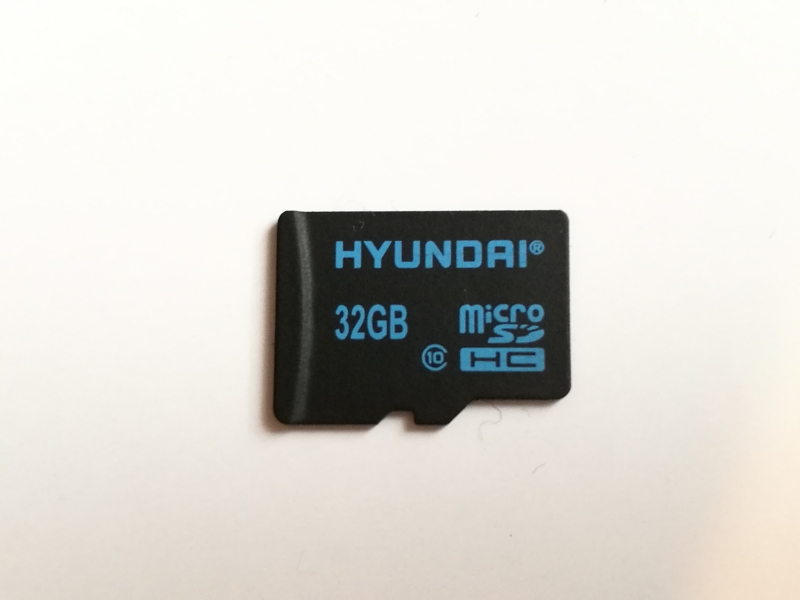
After setting the GoPro HERO5 Black and Sony FDR-X3000 4K Action Cam to both 4K and 30fps, we tried all these cards to see how they operated with these two cameras.
To our surprise, the GoPro HERO5 Black was able to work with all these cards recording a 4K@30fps video through the entire 32G or 64G capacity of the SD card.
On the other hand, the Sony FDR-X3000 4K Action Cam was only able to work with the 32GB SanDisk Extreme microSDHC UHS-I Card with Adapter (2016) and 64GB SanDisk Extreme microSDXC UHS-I Card with Adapter (2016) and Kingston microSDXC UHS-I U3 Action Card to record a 4K@30fps video. The Lexar 633X UHS-I Card, Kingston microSDXC UHS-I U3 Action Card, Hyundai Class 10 Micro SDHC Card with Adapter, and Gigastone Class 10 Micro SDHC Card with Adapter were rejected by the Sony FDR-X3000 4K Action Cam as they are unable to support XAVC S 100M files (which support 4K@30fps videos) after trying to start recording. Interestingly enough, even when recording HD videos with the Kingston microSDXC UHS-I U3 Action Card, we found that some video files were corrupted and couldn't be copied out of the SD card.
The photos below show what happens when the Lexar 633X UHS-I Card is inserted into the Sony FDR-X3000 4K Action Cam and the record button is pressed when trying to record 4K@30fps.
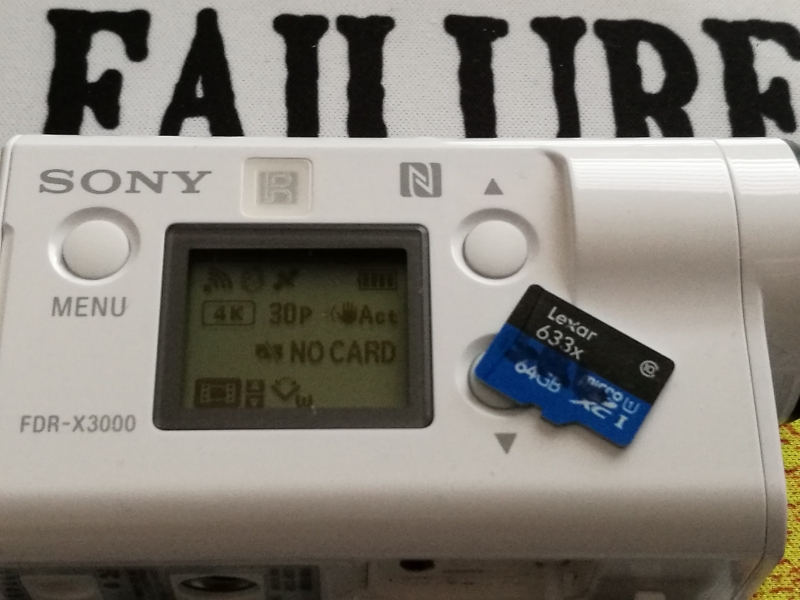
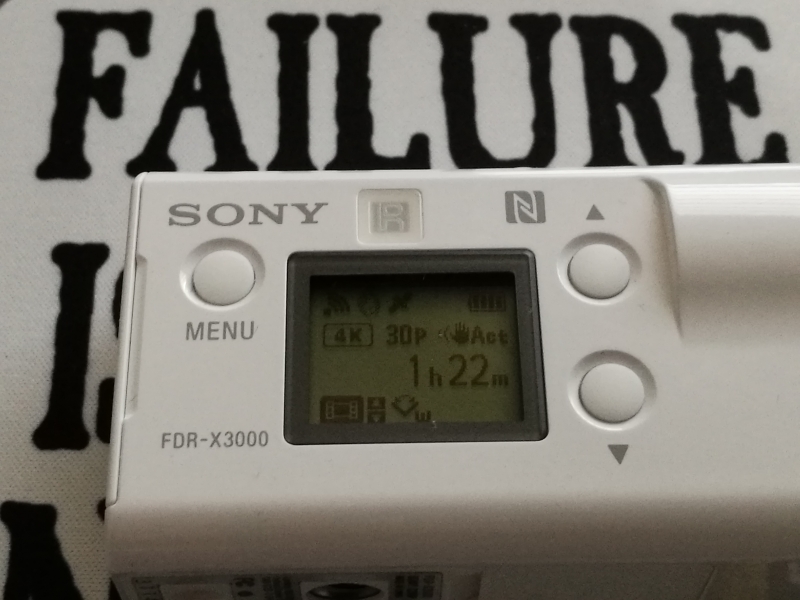

Note that Sony's documentation describes that SD cards should work as long as Speed Class 10 is supported as per below.

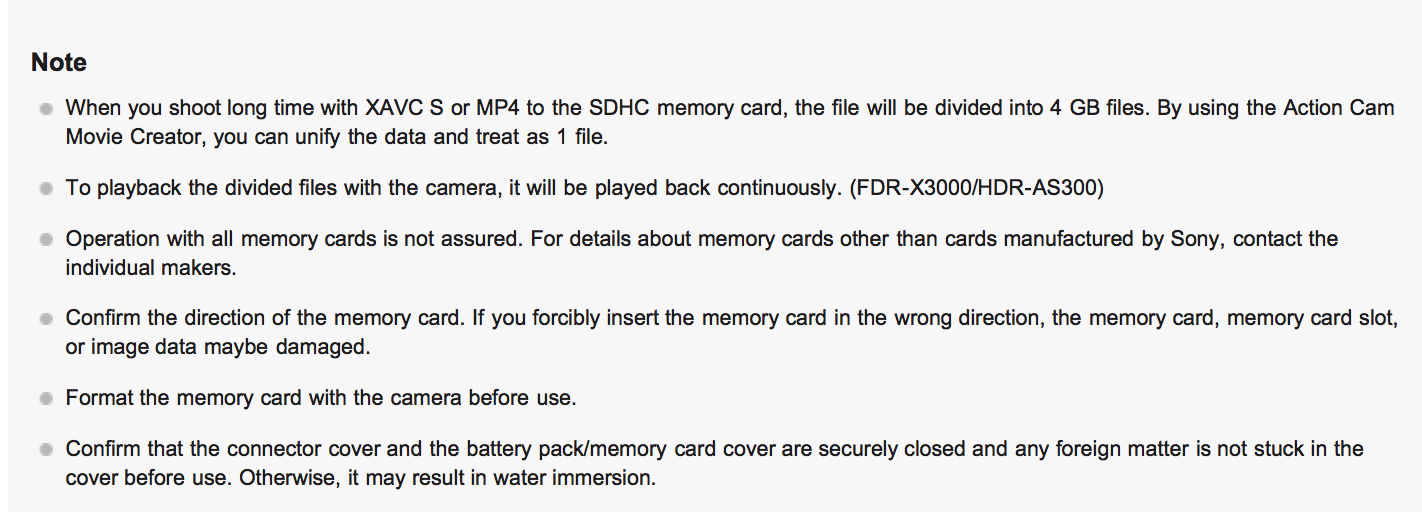
As an aside, one common problem that Sony FDR-X3000 4K Action Cam users have encountered is their SD card not working altogether. This is not due to the SD card's capabilities but the fact that you can easily insert the microSD card incorrectly into the SD card slot. Because Sony wants to promote their Memory Stick Micro (M2) cards, you can insert these M2 cards into the same SD card but with the exposed metal fingers of the card facing the inside of the camera. Since it's easy for users to insert their microSD card using the M2 card orientation instead of the proper SD card orientation where the exposed metal fingers of the cards facing the closest outside surface, this design decision by Sony makes it easy for users to insert their SD card into the camera, trying to format it, and getting the error below.
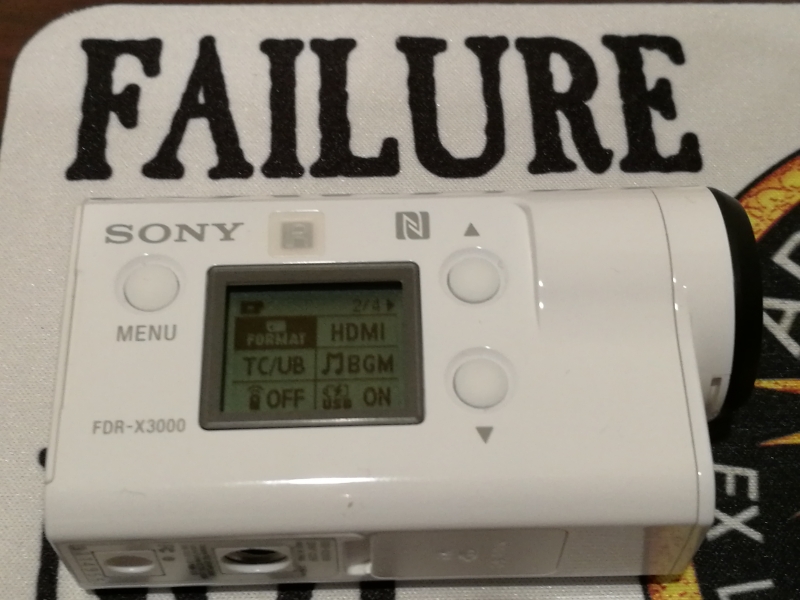
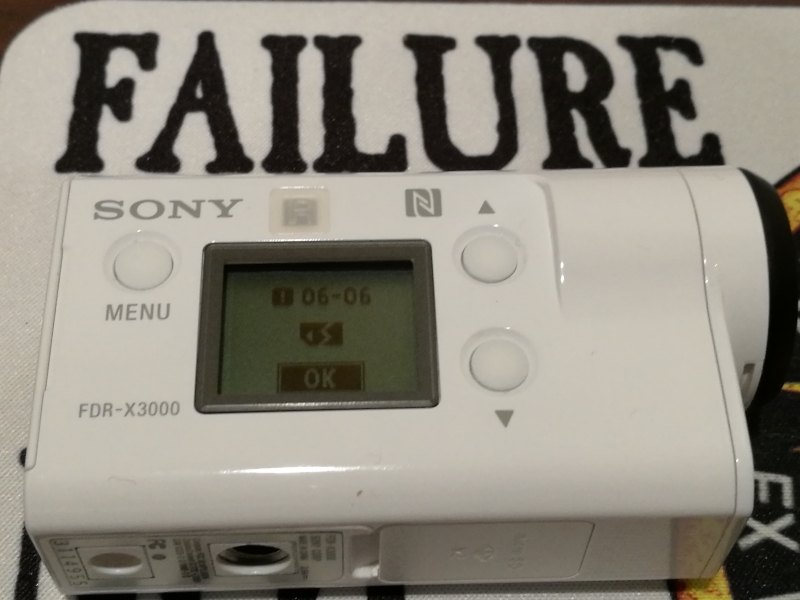
Taking a closer look to better understand why the GoPro HERO5 Black could work with cards that the Sony FDR-X3000 4K Action Cam rejected, we first looked at the GoPro HERO5 Black and Sony FDR-X3000 4K Action Cam choice of video file format used.
The Sony FDR-X3000 4K Action Cam uses XAVC S 4K to record 4K videos. XAVC S is a Sony format that uses the H.264/AVC codec in a MP4 container format. The Sony FDR-X3000 4K Action Cam MP4 container files can grow large - the largest we could get for a 4K@30fps before the camera stopped working due to overheating (see review) was 23.23GB.
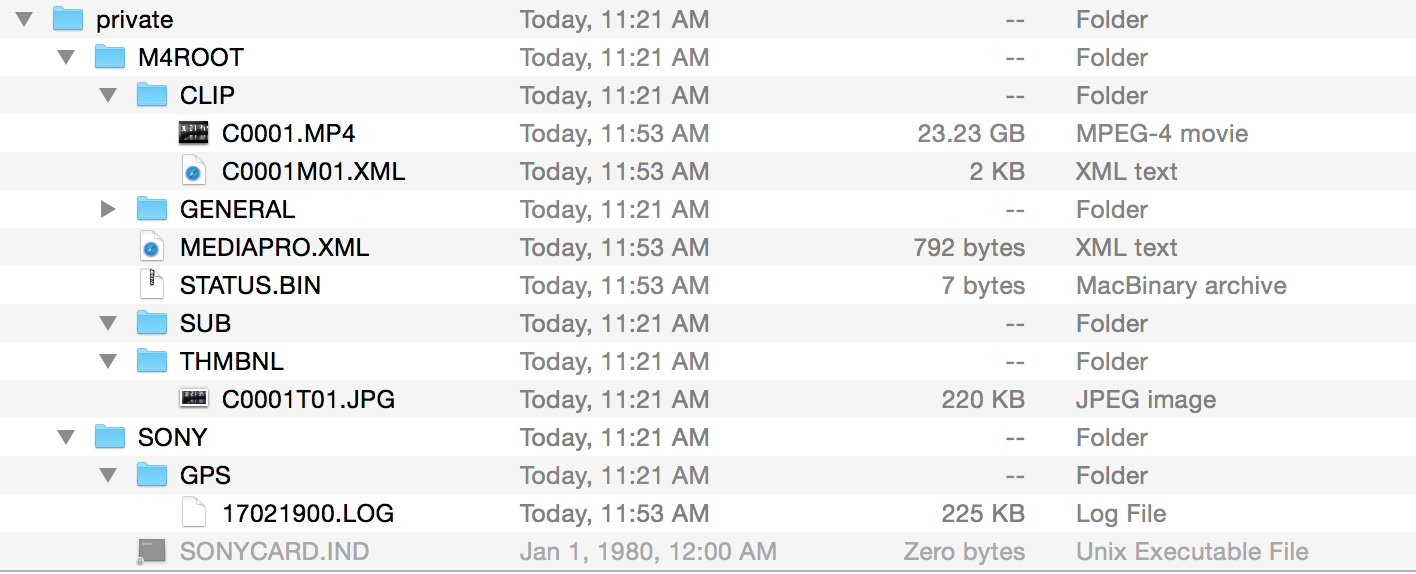
On the other hand, the GoPro HERO5 Black also uses a H.264 codec in MP4 format with file sizes limited to 4GB.
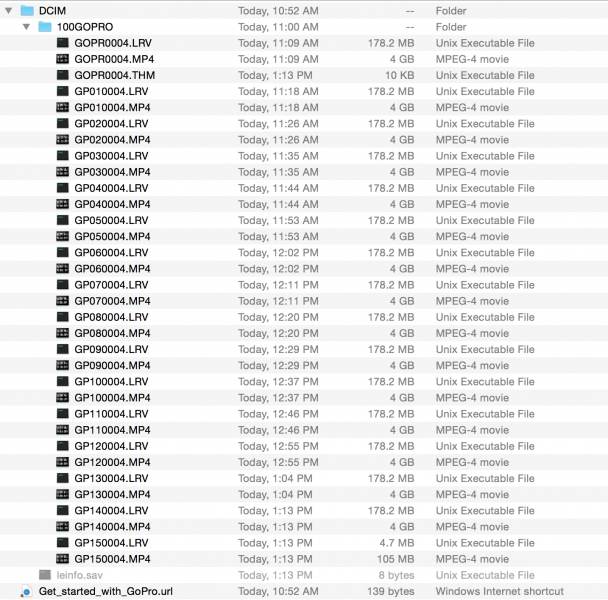
Note both the GoPro HERO5 Black and Sony FDR-X3000 4K Action Cam use FAT32 for 32GB SDHC cards and below, and switch to exFAT for 64GB SDXC cards and above. Due to the limitations of FAT32, videos taken on a FAT32 card are broken into separate 4GB files by both GoPro HERO5 Black and Sony FDR-X3000 4K Action Cam. Only the Sony FDR-X3000 4K Action Cam records videos on exFAT are stored at over 4GB file sizes.
Being able to use the Sony FDR-X3000 4K Action Cam and a 64GB or higher SDXC card to capture all your videos into a single file is very convenient since you don't need to use an editor to stitch them together later on. Since the GoPro HERO5 Black uses 4GB files for everything, you almost always need to use the GoPro editor to stitch videos together (which is a problem if the GoPro software can't read your SD card content as seen in this review).
The GoPro HERO5 Black is also able to record more minutes at 4K@30fps than the Sony FDR-X3000 4K Action Cam. A 64GB card is able to record about 81 minutes on the Sony FDR-X3000 4K Action Cam but unfortunately, the most we could get was about 32 minutes on a 64GB card due to the camera overheating.
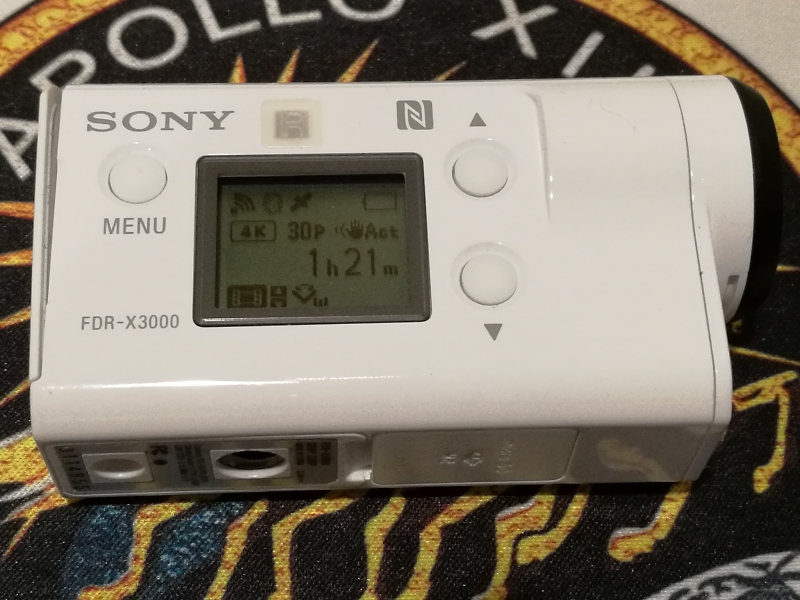
In contrast we could get about 135 minutes on the GoPro HERO5 Black with a 64GB card even though the card itself reports 2 hours and 8 minutes of capacity.
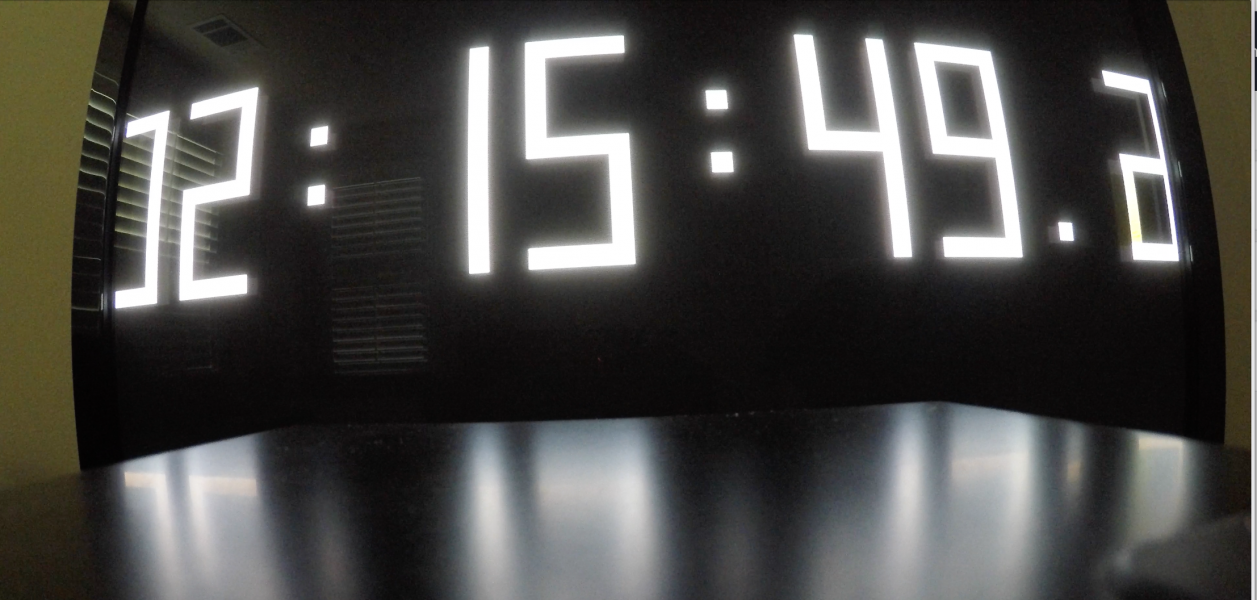
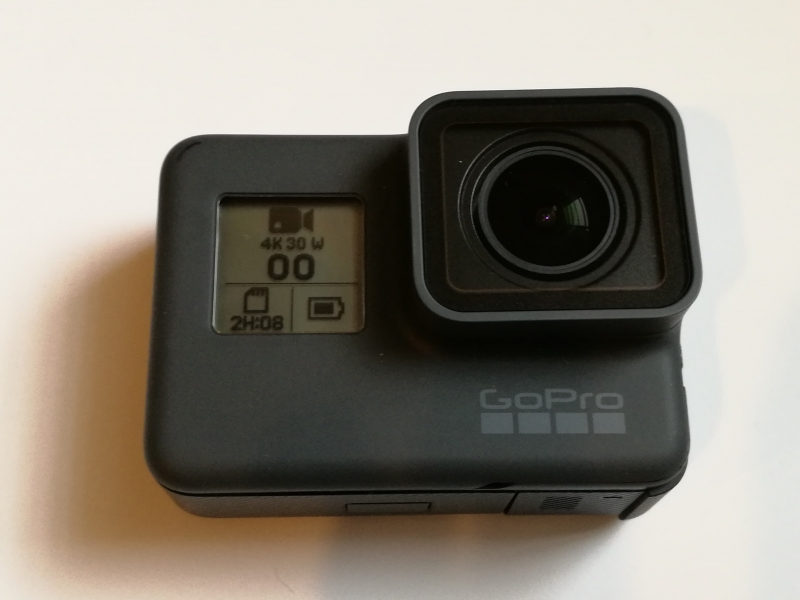
Unfortunately, the trade-off with Sony's decision on larger more data heavy video files is that probably more stress and demands are placed on the SD card and only cards with the highest levels of performance like the SanDisk Extreme microSDXC UHS-I Card with Adapter (2016) and Kingston microSDXC UHS-I U3 Action Card could be used. Unlike what Sony claims in their documentation, not all SD cards with Speed Class 10 can be used when recording 4K@30fps videos so be careful which SD cards you use with the Sony FDR-X3000 4K Action Cam.
View Full Article
Featured Products
 GTrusted
GTrusted



























